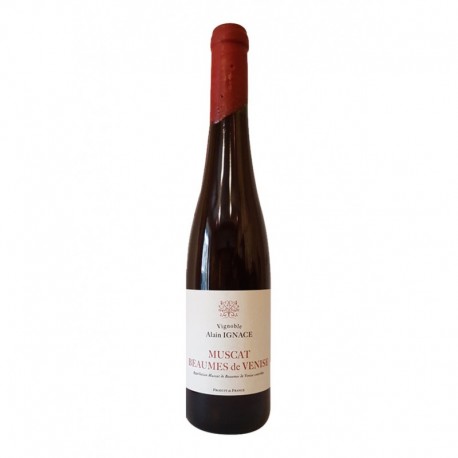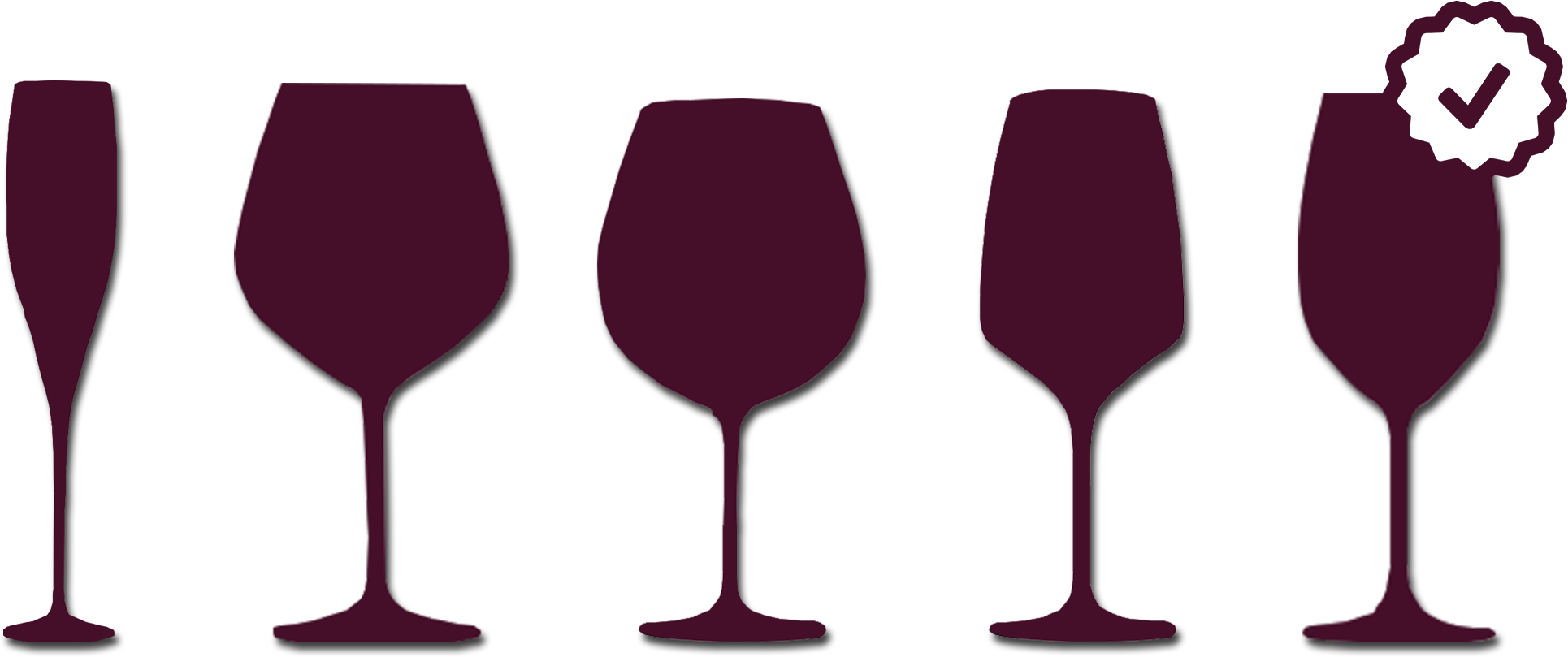No products






Vignoble Alain Ignace Beaumes-de-Venise Le Péché d'Emilie
| Region | Rhône |
| Appellation | Beaumes-de-venise |
| Producer | Vignoble Alain Ignace |
| Color | Red |
| Grape variety | Muscat petit grain rouge. |
| Visual aspect | violet ruby red color |
| Odor characteristic | fruit bouquet with alcohol, cherries, lychees and strawberries. |
| Taste attributes | Explosion of red fruit, it is a real treat. |
| Aromas | Fruity |
| Operating temperature | 15° |
| Aeration | Non |
| Decanting | Oui |
| Type of agriculture | Bio |

12 bottles in stock
The estate is located in the Vaucluse department on the Sun Road Rhone Valley. Alain and his wife Nelly, both from the region; one of Beaumes de Venise, Vacqueyras the other, express the taste of the elegance of wines through their land. Small property of 14 hectares which can be present at all stages necessary for the realization of a good wine. Everything here is made to respect the soil. Insecticides and herbicides are prohibited. The fauna and flora are rich and great diversity, guarantee a living soil.
Since 1979, the red wines of Beaumes-de-Venise are classified Côtes du Rhône Villages. From 2005, they are also named raw Côtes du Rhône, joining famous appellations such as Chateauneuf du Pape, Gigondas and Vacqueyras. The name of this name comes from the caves located in the rocks of the municipality in question. It is north of Avignon and extends over 4 towns of Vaucluse La Roque Alric, Beaumes-de-Venise, Lafare and Suzette. The vineyard is based on soil composed of sand and clay, on the southern slopes of the Dentelles terraces. With around reliefs, it is protected from the mistral. The climate is Mediterranean and is refreshed with altitude. This designation provides only red wines, mainly composed of Grenache grape. Harvesting is done by hand and the grapes are sorted to produce concentrated and powerful wines.
Second wine region in France after Bordeaux, the Rhone region is one of the oldest in the country. The vineyard is divided into two zones: the northern Rhone Valley and the southern Rhone valley. Other areas furthest part of the region: Vivarais Luberon, through the Diois. The Bordeaux region can produce red, white and rosé, of all kinds: dry, soft, natural and sparkling. However, the red wines are produced in this region (representing 80% of production). At the heart of the southern area is the Grenache grape that made the red wines "solar". However, the vagaries of climate forcing growers to use the assembly technique to balance their wines. Some additional varieties: Syrah, Cinsault, Mourvèdre and Carignan. For white wines, the grape varieties used are: bourboulenc, Grenache Blanc, Clairette, Roussanne, piquepoul, Maccabeo, Marsanne, Vermentino or Picardan. Rosé wines from the same grape varieties as the red wines. In the northern area, for red wines, the syrah grape variety predominates. For white wines, the grape varieties used are: Viognier, Marsanne and Roussanne. The designations are the Rhone region are numerous: Cote du Rhone, Cotes du Rhone-Villages, communal AOC (Condrieu, lirac, Côte-Rôtie, Chateauneuf du Pape, etc.) and AOC independent (luberon, ventoux, grignan les adhémar ...).

